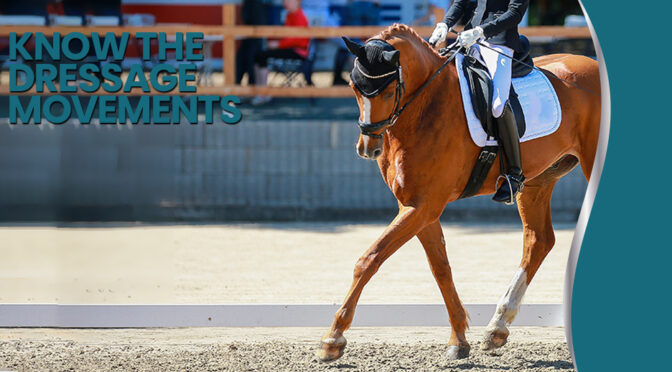Know The Dressage Movements FEI 5* Judge Janet Foy On What Is Required In The Dressage Ring
By Charity Lucente
Janet Foy is a name often mentioned in competitive dressage circles. As a dressage judge, she brings high expectations of attention to detail and accurate riding.
A United States Dressage Federation bronze, silver and gold medalist herself, Foy, a native of Colorado Springs, now lives in Wellington. She has created a legacy rich in the acumen and accomplishments necessary to hold the elite position of FEI 5* and USEF dressage judge.
Being a member of the United States selector panel for the 2004 Athens Olympics, the 2006 and 2010 World Equestrian Games, the 2007 Pan Am games and the 2008 Beijing Olympics certainly more than qualifies her to be the authority in assessing the benchmark of quality within the sport of dressage.
As a dressage rider looking to progress through the levels, or the eager spectator in the grandstands, it can be a touch allusive to know exactly what the judges are looking for and what is required to get an excellent mark.
When asked what makes for a successful or unsuccessful horse and rider pair in the FEI and lower-level tests alike, Foy emphasized that in both, “inaccurate figures, not using corners and lack of preparation” are among the most common and most costly of mistakes that she sees made by the dressage riders in the ring.
Regardless of the movement itself, whether it be passage and pirouettes in the Grand Prix, or a stretchy trot circle at E in a training level test, the preparation for each individual foot fall is integral to the success, fluidity and, ultimately, the score of each unique requirement asked of the pair.
Foy stressed that no movements stand out from any other in degrees of importance.
“All movements are important to the level,” she said. “Perhaps the riders have a favorite, but it is not my job to have one.”
This beautifully stated perspective of objectivity provides some clarity to those piloting their horses down centerline — every step is of equal responsibility and deserving of the utmost attention.
With as much depth and scope of the sport from inside the judges’ box, inquiring minds want to know if there have been any distinct moments, tests or experiences that stood out as personal highlights for Foy.
“The ride in Herning [Denmark] from the freestyle of [world champion horse] Glamourdale gave me goosebumps, as did the Tokyo [Olympics] ride of Dalera BB,” she said.
To hear genuine excitement from someone who has been wrapped up in horses as long as Foy is a refreshing beacon to all who have a deep and soulful love of horses, proving that the magic of it is never lost if you just look for it.
Casting her focus toward future goals and her personal vision for the next generation of up-and-coming riders, Foy had advice on how to bring them along in the correct way. “Find a trainer who has good basics and experience at the level you are working,” she said. “Not everyone needs a Grand Prix rider at first level. Develop a good seat. If your trainer won’t do lunge lessons, find a new one.”
In other words, don’t be in a rush to move more quickly than your confirmed skill set, and surround yourself with people who will help you create a solid and correct foundation for the future demands of your riding career. The beauty of the sport is truly born in the basics.
